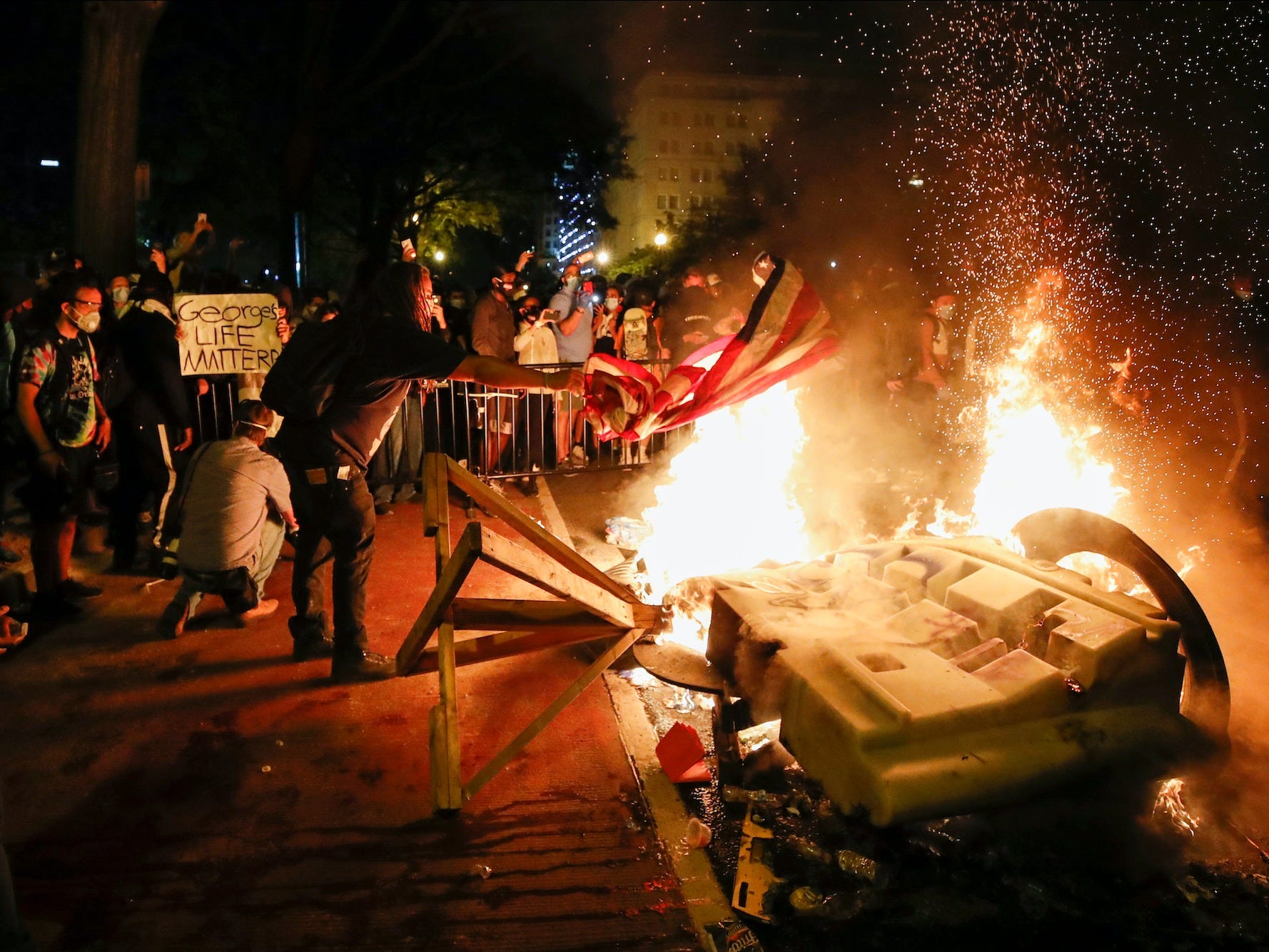- America sees a “turning” every 20 years as one generation displaces another, and the dynamic between one particular generation entering “elderhood” and another entering “young adulthood” creates a crisis every 80 years, according to a theory prophesied in “The Fourth Turning.”
- According to the authors’ predictions, the fourth turning is now upon us: They wrote that the next crisis-era would start around 2005 and “climax” around 2020, and would involve millennials and boomers fighting over the shape of the world to come.
- The 2008 financial crisis can be seen as the catalyst they mentioned, and so far in 2020, social, political, and economic issues have peaked during the pandemic and protests.
- Visit Business Insider’s homepage for more stories.
A great crisis in 2008, followed by an even greater one in 2020, as an “authoritarian, severe, unyielding” leader from the baby boomer generation resists a historic moment of change afoot in the US.
Would you believe this was all predicted almost 25 years ago? In a book championed at the highest levels of the Trump administration, no less? Oh, and it was also written by the guys who invented the term “millennial.”
It was all prophesied in 1997 in Neil Howe and William Strauss’ “The Fourth Turning,” and, depending on who you ask, it was either a breakthrough in “generational theory,” a strange work of pseudo-science, or both.
In the book, Neil and Strauss – who cowrote several books on generational theory, following careers in Washington DC-area consulting circles – argue that history moves in 80-year cycles that stretch back thousands of years to the ancient Greeks. Why 80 years? Because each cycle roughly corresponds to the length of one long human life, what the Etruscans ritualized and the Romans called a “saeculum” (from which the French got the word “siecle,” for “century,” and we get the word “secular”).
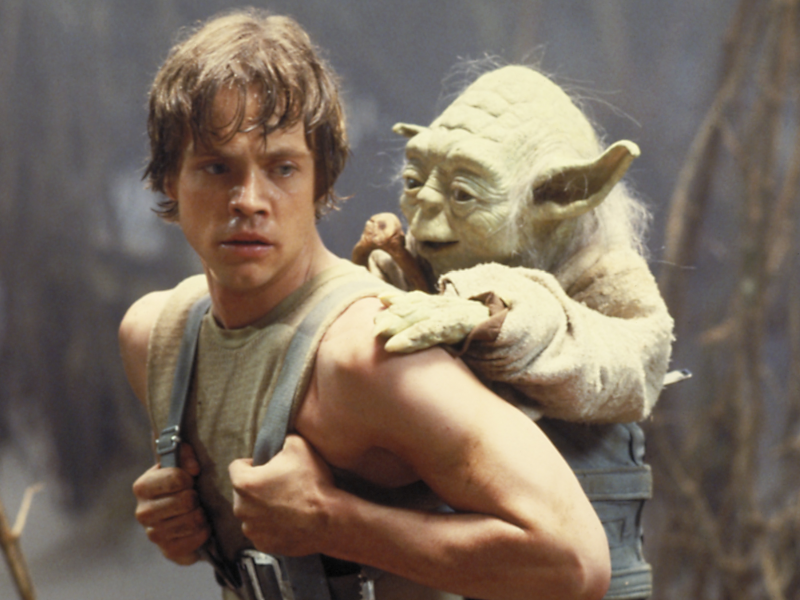
Howe and Strauss argued that each 80-year saeculum is divided into 20-year cycles, defined by each generation as it comes into adulthood. Each of the four generations that makes up a saeculum gets assigned an archetype or Tarot-like identity: prophets, nomads, heroes, and artists.
Howe and Strauss insist that these cycles have persisted through all of human history. They argue that they lie behind things like the monomyth championed by Joseph Campbell that hedge fund billionaire Ray Dalio swears by.
All mythology, folklore, even pop culture is essentially an expression of the secular cycle, they claim, as is the great psychologist Carl Jung's theory of the four archetypes underlying the "collective unconscious" and personality type indicators such as Myers-Briggs.
Famous hero-prophet mythological pairings include Luke Skywalker and Yoda; King Arthur and Merlin; Frodo and Gandalf; even Simba and Rafiki (the prophet-god of ancient Egyptian myth, Thoth, was sometimes depicted as a baboon). Howe and Strauss insist that every myth portrays the generational archetypes in the same order, because these archetypes are eternal. And this is why the fourth turning is always a crisis, as the hero and prophet generations must face off against each other.
The end of the saeculum is the 20-year period that represents the "winter" stage of the cycle. Howe and Strauss called this "the fourth turning," when the hero generation, entering young adulthood, faces off against the prophet generation that is entering elderhood.
In 1997, they predicted the millennial "heroes" would face off against the baby boomer "prophets" during a crisis-era and, well, it wouldn't be pretty.
A boomers vs. millennial showdown
Howe and Strauss saw the climax coming around 2020 and the resolution, including a "Great Devaluation" as the economy is entirely restructured for a new set of circumstances, around 2026.
"History is seasonal, and winter is coming," they wrote, sounding like another book published in the late '90s, which would go on to become a major hit television series.
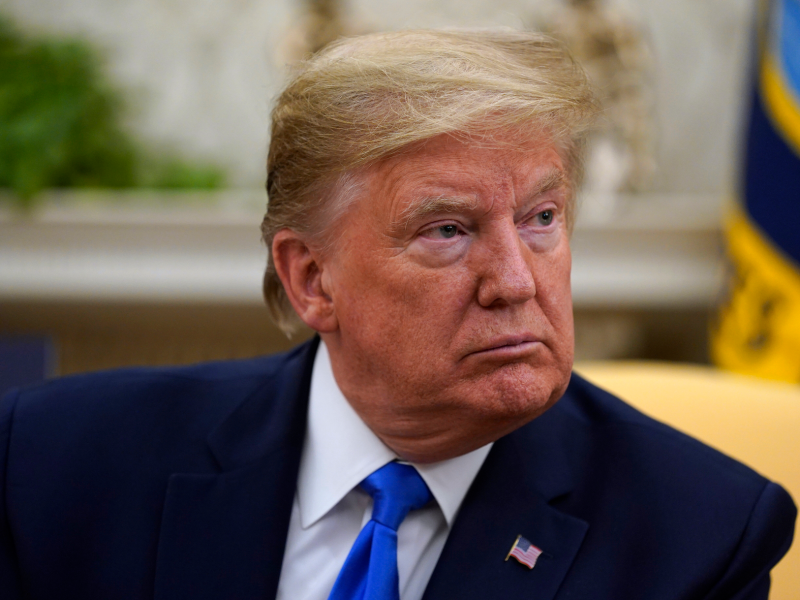
Warning that "a sudden spark will catalyze a crisis mood," Howe and Strauss said that "[r]emnants of the old social order will disintegrate. Political and economic trust will implode. Real hardship will beset the land, with severe distress that could involve questions of class, race, nation, and empire."
Sometime before 2025, they wrote, "America will pass through a great gate in history" and "the very survival of the nation will feel at stake."
The book has attracted a bipartisan fan base
The theory sounds outlandish, but the book - and its predecessor, "Generations" - has resonated among conservative and liberal leaders alike.
Dick Morris, a former Clinton aide and now a critic of the Democratic party, told The New York Times that "Generations" influenced Bill Clinton to select Al Gore as his vice president because they shared the same age group and political temperament.
President Trump's former adviser Steve Bannon is another famous fan of the "Fourth Turning" theory. "I got mocked and ridiculed by so many people," he told The Times. "They said: 'You can't believe in this stuff. It makes you look like a kook.'" Trump was among the doubters, he added, telling him that it was too dark.
Bannon believed that, for the new world order to rise, there must be a massive reckoning. As Business Insider's Linette Lopez wrote in 2017, Bannon demonstrated at the time that he's willing to advise Trump to enact policies disruptive to the current order to bring about what he perceives as a necessary new one. In this sense, Lopez said, he was trying to bring about the Fourth Turning.
But the start of a new decade seems to have done that all on its own. As investment strategist Kiril Sokoloff, also a fan of the book, said in a recent interview with The Financial Times, "This is turning out to be a very prophetic book."
The protest-and-pandemic era may be the latest fourth turning
Howe and Strauss backed up their claims with some strong correlation.
The last fourth turnings in American history culminated in World War II, the Civil War, and the American Revolution. Howe and Strauss note that the word "revolution" itself was borrowed from astrology, where it referred to a planet completing its orbit, or its cycle.
Now, correlation isn't necessarily causation, and many historical turning points, in both American and world history, haven't corresponded to Howe and Strauss' cycle. For instance, many Americans have never forgotten where they were when they first heard the news in 2001, of the attack on the World Trade Center, or in 1963, of John F. Kennedy's assassination. Those were epoch-changing moments that don't fit into the fourth-turning paradigm. But some of Howe and Strauss' predictions are quite eerie.
They weren't far off in marking sometime around 2005 as the start of a crisis era: The Great Recession occurred three years after their prediction, throwing the entire country into severe economic turmoil and laying the groundwork for heightening tensions between millennials and boomers.
Twelve years after the financial crisis, millennials are still crippled from its effects while boomers have been questioned by news outlets ranging from Vox to The Guardian for their role in bankrupting the rich economy they inherited.
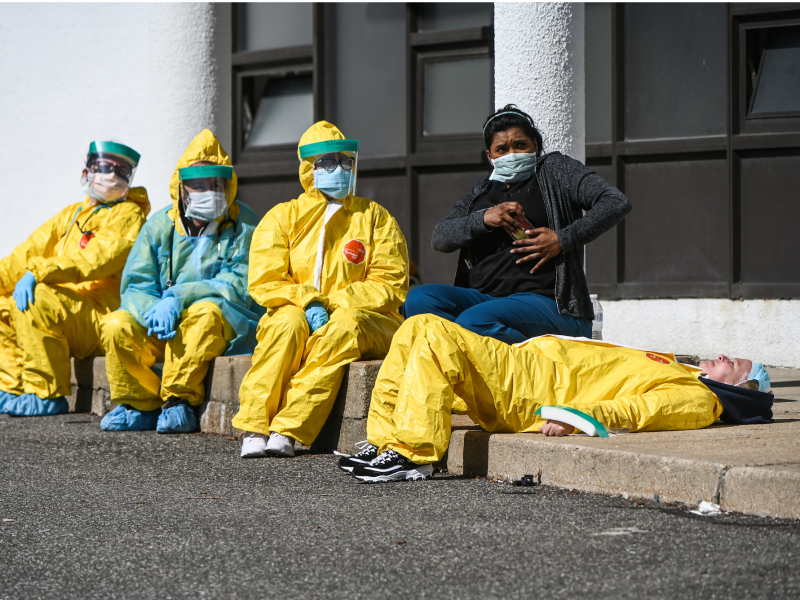
That brings us to 2020, which does share similarities with the "climax" from Strauss and Howard's telling. The coronavirus pandemic has swept over the world, igniting serious questions in America on the lack of the affordability of the healthcare system, the balance of power in juggling the health of both the economy and the people, and the growing gap between the rich and the poor.
The pandemic has also highlighted the racial divide in America, hitting black America harder than anywhere else. In the midst of all of this, the racial tensions that have been at America's underbelly for centuries have resurfaced with a vengeance following the public death of George Floyd, a black man, at the knee of a Minneapolis police officer.
Tens of thousands have marched across the country against the systemic racism and the killing of black people in America for the past week. Some of these protests have spiraled into chaos and deadly violence.
Now here's what Howe and Strauss foretold: "The nation could erupt into insurrection or civil violence, crack up geographically, or succumb to authoritarian rule."
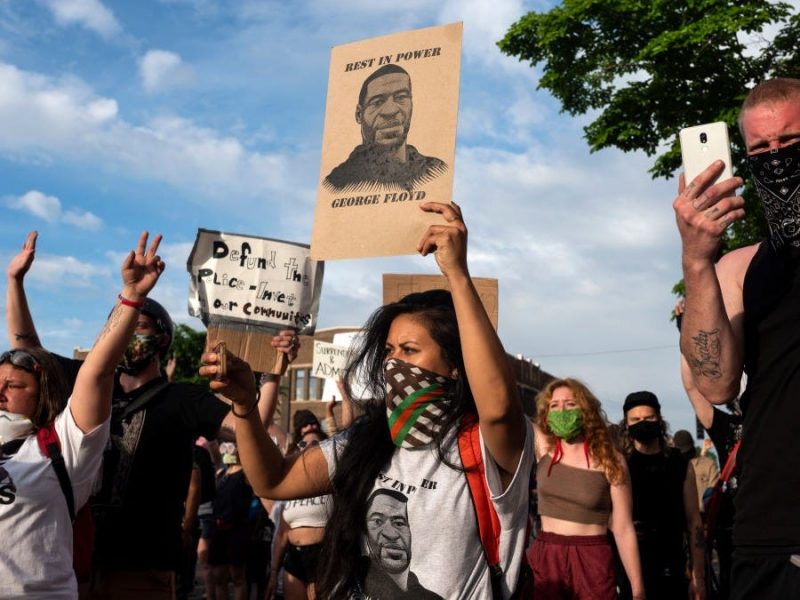
At the helm of it all is Trump, Strauss and Howe's "unyielding" boomer leader who has been criticized for botching America's response to the pandemic and for calling to end the protests with military force.
What is left to be seen is how this particular turning point will resolve, if it takes until 2026 for it to do so, and who wins the prophesied millennial vs. boomer showdown.
